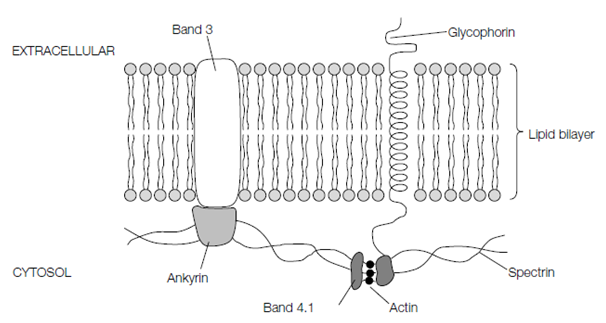Membrane carbohydrate
The extracellular surface of the plasma membrane is frequently covered with a protective coat of carbohydrate. A Sugar residues of this carbohydrate coat can be attached either to certain lipids like as the glycosphingolipids, or to the polypeptide chains of peripheral or integral membrane proteins. These glycoproteins and glycolipids are abundant in the plasma membrane of eukaryotic cells but are virtually absent from most intracellular membranes, particularly the chloroplast lamellae and the inner mitochondrial membrane. In glycoproteins the sugar residues can be attached to the polypeptide chain either through the hydroxyl group in the side-chain of Ser or Thr residues as O-linked oligosaccharides, or through the amide set in the side-chain of Asn as N-linked oligosaccharides. The carbohydrate on the extracellular face of the membrane not only serves a protective role but is also included in intercellular recognition and in preserve the asymmetry of the membrane.

Figure: The erythrocyte cytoskeleton